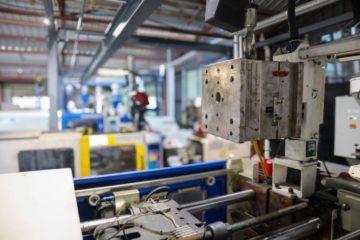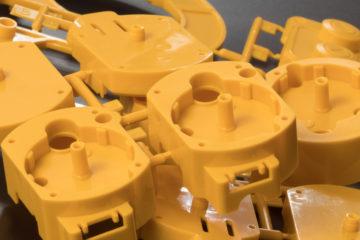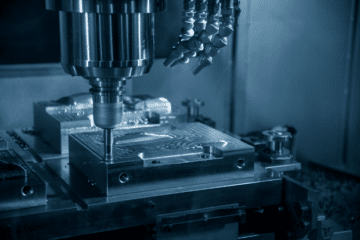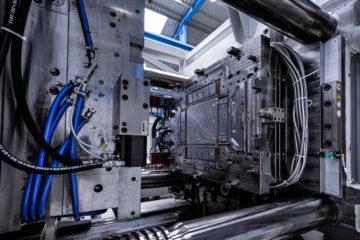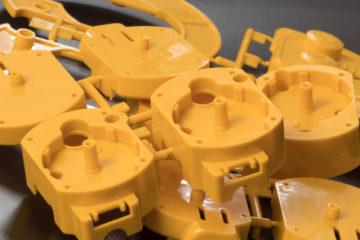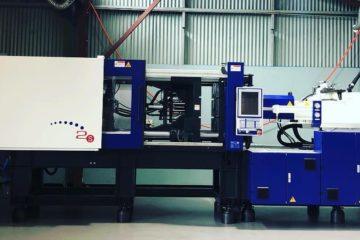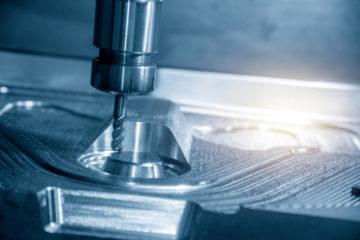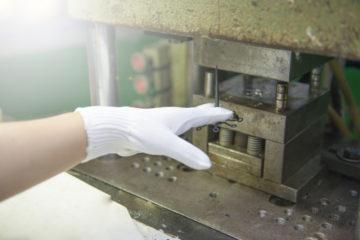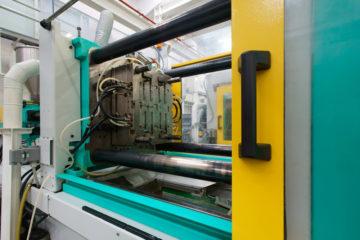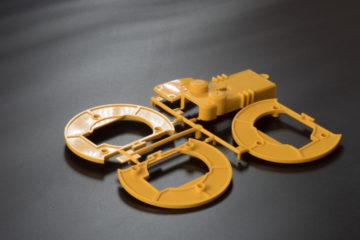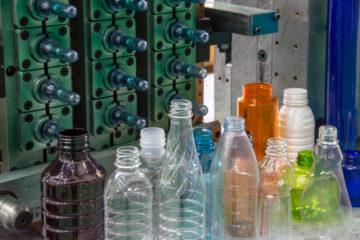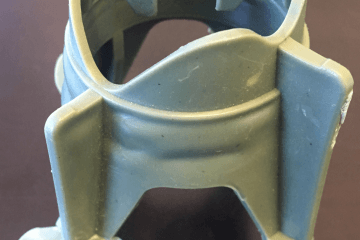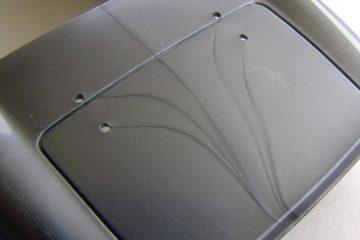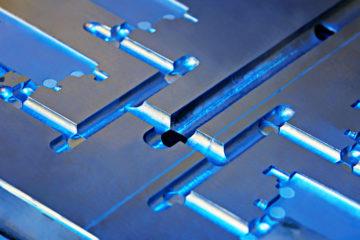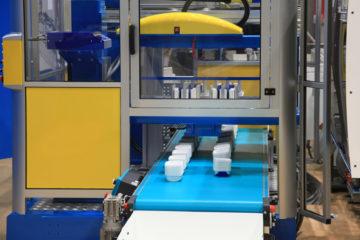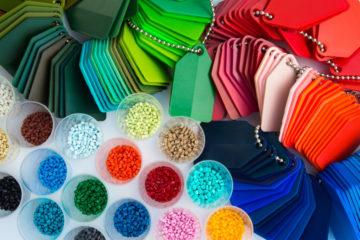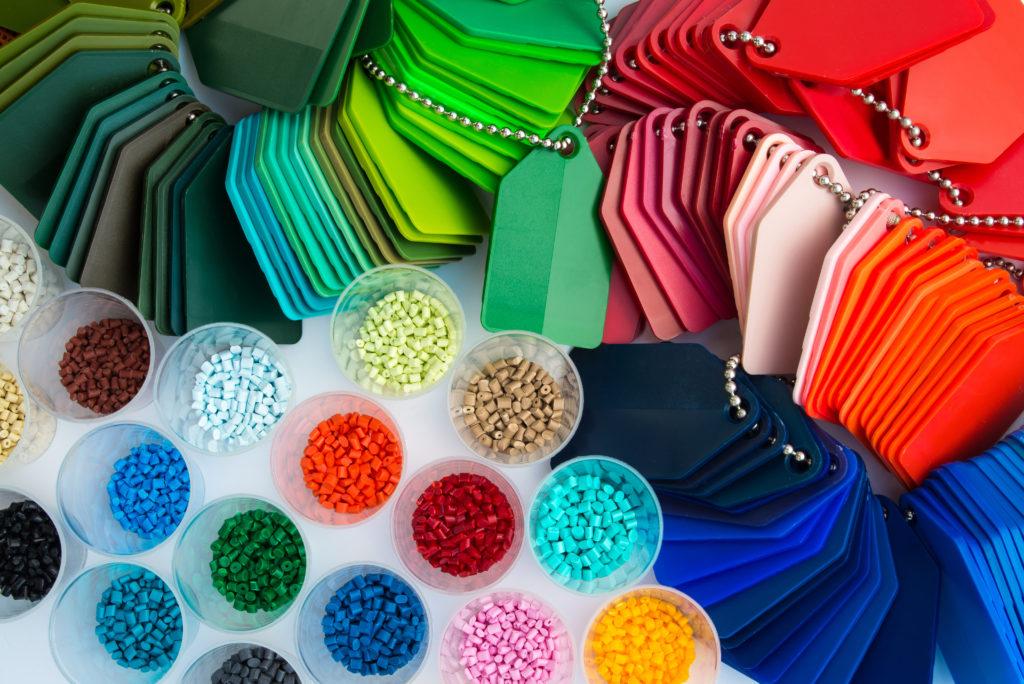
Plastics are the common name for man made polymers. Chemically, these materials are made up of a single unit, the monomer, which will link up with millions of itself to form long chains. The length of these chains, if they have many branches, and how tightly they wrap together determine the physical properties of the end plastic. Production refinements since plastics entered large production during World War 2 have spawned thousands of different types of plastic, suited to almost every conceivable use.
Here are 10 of the most common thermoplastics used in injection moulding.
-
- Polyethelene (PE), the most common plastic on earth, the key to PE’s wide usage is its ability to be manufactured in varying densities which give it different mechanical properties. At the heavy end of the scale Ultra High Molecular Weight PE (UHMWPE) is used in bulletproof vests. High Density PE (HDPE) is found in almost anywhere cheap rigid plastic is needed, like food packaging, toys and pipes. Low Density PE (LDPE) is the king of disposable packaging, and almost every piece of thin plastic sheeting, from shopping bags to food wrap, is made from it.
-
- Polypropelene (PP), commonly known in the plastics industry as “prope”. Polypropylene is a one of the most adaptable thermoplastics around. It is tougher than PE but remains flexible. Repeated stress will not crack it. It has a high melting point, it is easy to injection mould, acid resistant, and best of all it’s cheap. Good old prope is the second most manufactured plastic, and you can find it in everything from a wheelie bin to your see through Tupperware.
-
- Polyethylene Terephthalate (PETE or PET), known as polyester. By volume, its most common use is as a textile, ether by itself or more commonly as a cheap, durable filler for other fibres. It’s most visible use is as food packaging where it is important to create an oxygen barrier to protect against spoilage. Almost every clear plastic bottle you have ever seen, used or tossed away was probably PET. Given the re-usability of this polymer if you threw it in the right bin you probably ended up wearing it a few years later.
-
- Acrylonitrile-Butadiene-Styrene (ABS). ABS is often used in the automotive industry for consoles, panels, trims and vents. It is both strong and flexible, chemically resistant and has a relatively low manufacturing cost. It is also often used for boxes, gauges, housings, asthma inhalers and toys.
-
- Polyvinyl Chloride (PVC). If the Chloride part of its name sounds nasty to you, you are on the money. Once hugely popular due to its UV stability and ability to blend with other materials to produce many mechanically different resins, its use is on the decline because it is toxic throughout its whole life cycle. It can still be found in products as varied as clothing, non-food packaging, piping and wire insulation.
-
- Polyamide (PA), almost universally known as Nylon. Like PE it is available in many variants with different properties. It is strong, hardy and ranges in colour from milky-white to almost clear. It is significantly more expensive than plastics such as PP, and is usually reserved for when toughness is needed. It is often reinforced with short glass fibres and used in situations requiring excellent impact and resistance and some flexibility, such as seatbelt buckles and hinges.
-
- Polycarbonate, (PC). It is tough, stable and transparent. Originally heavily used for food storage requiring strength, like baby bottles, PC’s tendency to leach harmful chemicals has seen it repurposed almost exclusively as an engineering plastic. It now corners the market in applications requiring clear or vividly coloured plastics with high gloss finishes, scratch resistance and high strength. Commonly, this involves products such as handheld devices or light switches.
-
- Polystyrene, (PS). Polystyrene can refer to three different types. General Purpose (GPPS) Polystyrene is the brittle, cheap material that is often used for packing products into boxes. High Impact Polystyrene (HIPS) is hardy, has impact resistance and is translucent. It is used for electrical components, food containers and construction aids. Expanded Polystyrene is PS fluffed up with air inside a mould, and is commonly seen as the padding inside bicycle and motorcycle helmets.
-
- Polyoxymethylene, (POM). Commonly known as Acetal. POM is another high strength engineering plastic, which often competes with PC. Unlike PC it is not clear, and so is hard to colour. However it has a higher resistance to heat, is stiffer, has low friction and keeps its shape better. It is often used for moving mechanical parts such as bindings, gears, wheels, sides and locking parts.
- Polyurethane, (PU). One of the most chemically flexible plastics on this list, PU can be either thermoforming or thermossetting. When injection moulded softer, highly flexible forms of PU are often used. These form features like internal seals, bump protection and even the “soft touch” skin moulded over many handheld devices to increase comfort and grip.
There is an incredible range of plastics available. Coupled with the low part cost and amazing shapes that injection moulding can offer, it is no wonder plastic injection moulding is one of the most powerful and widely used production processes used today.
2019 – The Rise of Bio-plastics
In recent years, there has been a move towards bioplastics and lowering plastic use, take for example the Queensland Government plastic bag ban, which took effect on July 1st, 2018.
Bioplastics are plastics derived from renewable biomass sources, such as vegetable fats and oils, corn starch, or microbiota. They have a lower carbon footprint than petrobased polymers (petroleum plastics) and are much easier to recycle.
Many of them are also compostable, but it’s important to note that this doesn’t mean you can put them in your regular compost bin and they will decompose. Most compostable bioplastics will only break down in a high-temperature industrial composting facility.
That being said, bioplastics offer a great opportunity for injection moulding single-use disposable products, including cutlery, coffee pods, and water bottles.
Popular bioplastics include:
-
- Polylacic Acid (PLA). It has similar characteristics to polypropylene (PP), polyethylene (PE), or polystyrene (PS). It can be produced from already existing manufacturing equipment (those designed and originally used for petrochemical plastics). PLA has the second largest production volume of any bioplastic.
-
- Thermoplastic starch (TPS). The most common bioplastic in production, commonly used in food storage bags and food utensils. Thermoplastic starch from ungrafted starch (TPS) and grafted starch (TPGS) is obtained by mixing ungrafted or grafted starch granules with water, glycerol, or sorbitol in a mixer. TPS and TPGS behave as plastic materials, and their mechanical properties depend on the type of plasticizer used.
- Poly-3-hydroxybutyrate (PHB). A polyester produced by certain bacteria processing glucose, corn starch or wastewater. Its characteristics are similar to those of the petroplastic polypropylene. PHB is distinguished primarily by its physical characteristics. It can be processed into a transparent film with a melting point higher than 130 degrees Celsius, and is biodegradable without residue.
Big companies are beginning to incorporate bioplastics (or partially-bioplastic products) into their production lines, like Coca-Cola, Heinz, Ford, and Procter & Gamble. These companies are collaborating to identify plant-based raw materials for bioplastics and bioplastic injection moulding that will not impact the food supply or produce excessive carbon.
Subscribe to Our Newsletter
Get the latest news from Dienamics into your inbox







